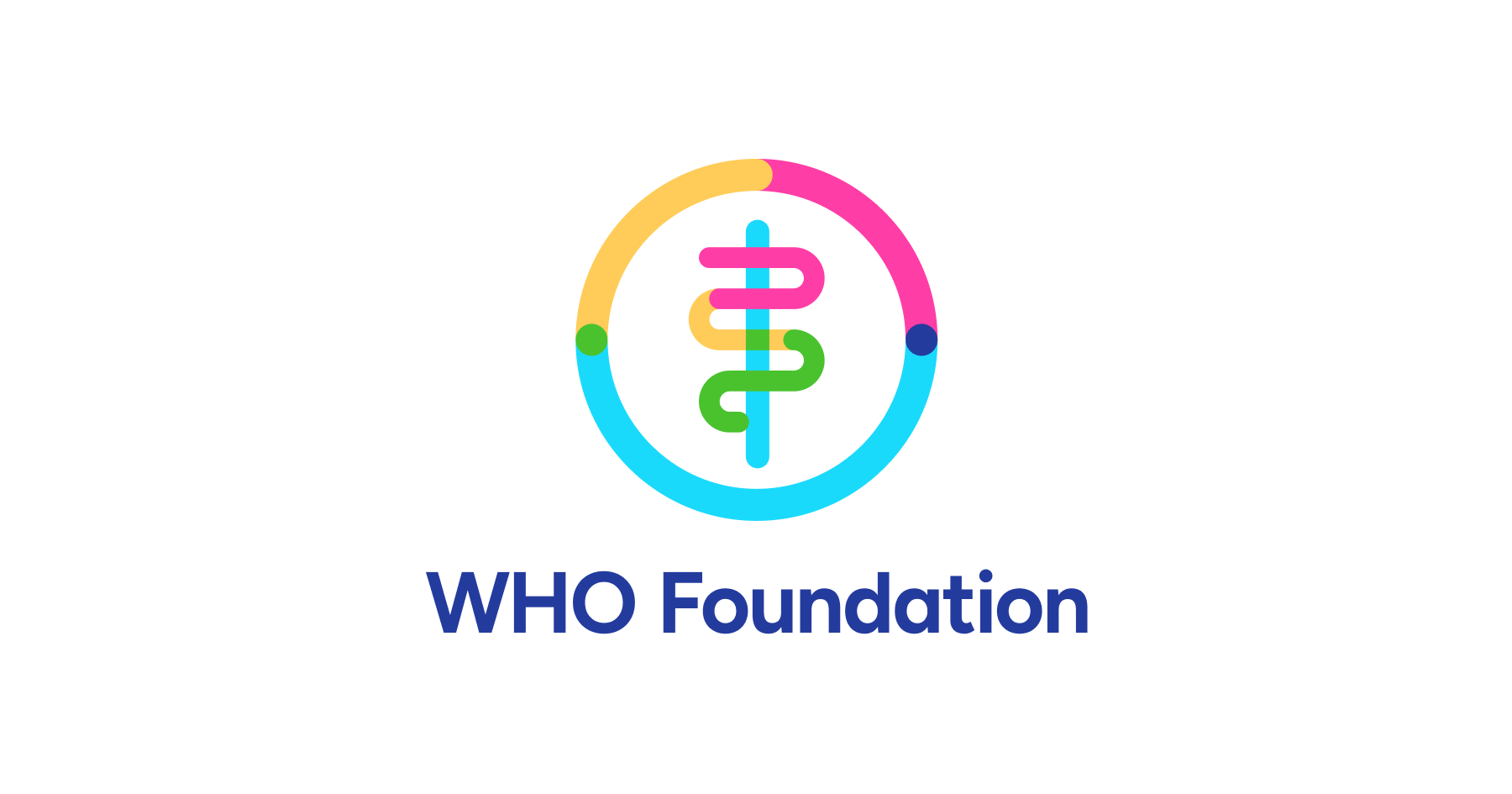At the WHO Foundation, we recognize that the climate crisis is a health crisis which disproportionately affects the health of people in vulnerable contexts. We believe that partnerships between governments, private businesses, and investors are critical in helping to save lives, achieve health equity, and prevent further harm in the context of climate change. Here are five things COP28 taught us about climate and health.
1) Fossil fuel phase-out will save millions of lives
Published to coincide with the start of the COP28 summit, a British Medical Journal article, estimated the contribution of fossil fuel use to deaths from air pollution. It concluded that phasing out fossil fuels could cut around 6 in 10 deaths. The summit’s conclusion prompted Dr Maria Neira, WHO Director, Public Health, Environmental and Social Determinants of Health to announce the “beginning of the end for fossil fuels.”
2) Partnerships are key to safeguarding health
The scale of the climate challenge calls for coordinated action on a global scale, from business, the health industry and other service-providers, as well as governments.
A number of inspiring business-led collaborations are already in train, including the Sustainable Markets Initiative – a CEO-led initiative that explores collaborative solutions to reduce harmful emissions in business, manufacturing and services.
Solutions showcased in and around COP28 included a plan for pharmaceutical companies to pool their resources to purchase renewable energy in India and China, in order to cut emissions in the manufacturing of drugs and medical equipment.
Another measure under consideration is for manufacturers and suppliers in healthcare supply chains to agree, align and standardize their energy efficiency measures, and for governments to work together to catalyze change in healthcare supply chains.
Admiral Rachel Levine, Assistant Secretary for Health at the US Department of Health and Human Services said standardization in supply chain standards would be a “triple win”: for government, business and for people’s health.
3) Investors must be part of the solution
Increasingly frequent and intense heat waves, air pollution, climate-driven emergencies and the spread of infectious disease is escalating demand for health services.
According to the US National Resources Defense Council, air pollution and climate change generate more than US$800 billion for the US alone, every year. Damaged infrastructure, supply chain disruptions and increasingly complex care affect the bottom line for providers, and drive up costs, making healthcare less affordable, particularly for the less prosperous.
Guiding principles for investment were launched and discussions also centered on the desire of investors in “environmentally responsible initiatives” for returns on their capital.
A WHO Foundation-backed impact investing initiative, the Global Health Equity Fund, attempts to do just this:
4) Health providers must seize the day to cut emissions
The healthcare sector is responsible for approximately 5 % of global greenhouse gas emissions, making it urgent to cut emissions in the sector.
Unitaid recently assessed the impact of ten key health products (including HIV drugs and malaria nets) and concluded that measures such as reducing plastic and limiting the production of hazardous by-products could cut greenhouse gas emissions by 70%.
The need to curb emissions poses a dilemma for the millions of health facilities in low and middle income countries currently lacking reliable power. But as WHO demonstrated at COP28, the cost of solar panels and solar-powered batteries have fallen by more than half in the past 10 years.
This opens the door to a historic opportunity to reduce emissions in well-developed health facilities and provide clean energy to the 1 billion people worldwide who have unreliable or no electricity in their health facilities.
At COP28 Jane Burston, CEO of the Clean Air Fund, made a similar case for investment in cutting air pollution:
Action for air pollution pays back. It pays back to health systems, to individual productivity and can bring benefits to other sectors, such as agriculture by improving crop yields.
5) Philanthropists can help turn the climate challenge into an opportunity for meaningful progress
Funding for climate initiatives currently make up only 2% of worldwide philanthropic funding, but philanthropy can have an outsize impact because it can take risks, catalyze innovations, and encourage business and government investment.
At the COP28 Reaching the Last Mile Forum, Badr Jafar, COP28 Special Representative for Business and Philanthropy, argued that, philanthropy can turn “billions into trillions,” as he appealed for philanthropists in low and middle income countries, faith-based donors, and the next generation of philanthropist to invest in climate, food security and health initiatives.
And in an address to the Business and Philanthropy Climate Forum, WHO Foundation CEO Anil Soni appealed for backing for scientific and technological initiatives that will help healthcare adapt to climate change. He said:
The most inspiring talk I’ve ever listened to on climate change… compared our fight against global warming to World War II and said that at the same time, technologies were developed, scale-up was made possible that was beyond the imagination because people knew they had to do more than they had ever done before.
A good example of how philanthropic funding can kickstart health innovation is the development of the Wolbachia bacteria to reduce the transmission of dengue fever and other mosquito-borne diseases. Once Wolbachia, a naturally occurring bacteria, is injected into female Aedes aegypti mosquitoes its ability to transmit dengue and other diseases such as Zika, chikungunya and yellow fever is greatly reduced.
The Wolbachia mosquitoes are bred, then released into areas affected by mosquito-borne diseases. Developers of the innovation, the World Mosquito Program estimated that, by June 2023, its Wolbachia methods had prevented 40,000 hospitalizations from dengue fever. It is now being tested in 14 countries.


.png)
